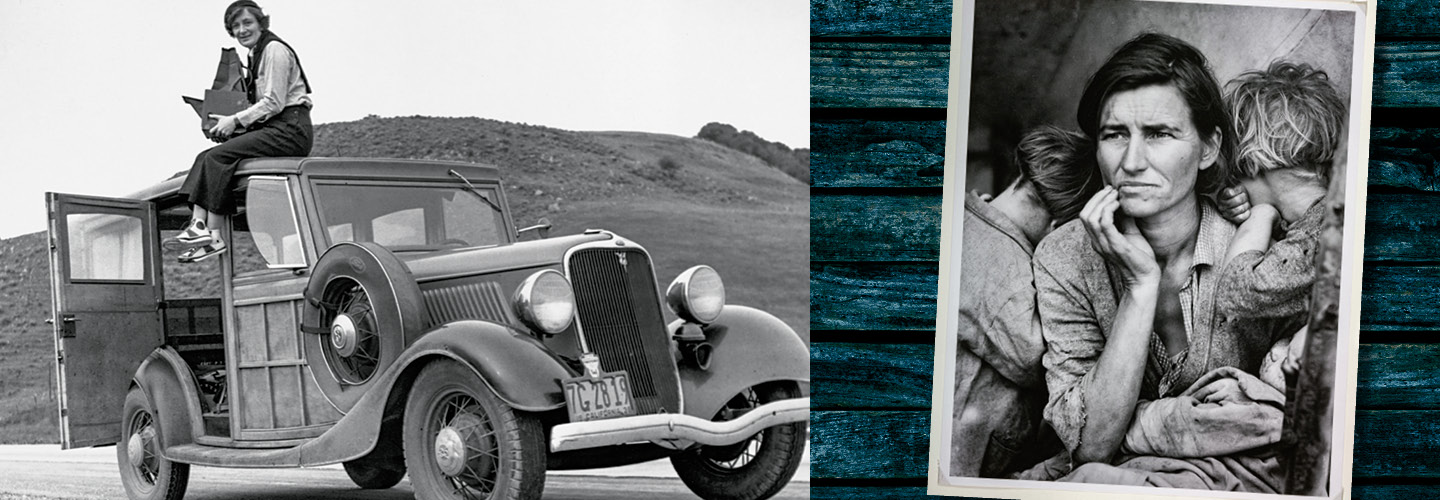Dorothea Lange was beyond exhausted. It was a cold, rainy March morning in 1936, during the height of the Great Depression, and the photographer had been on the road for weeks without a break, capturing the plight of struggling farmers with her camera. Driving up a long stretch of California highway past fruit and vegetable fields, she was in a hurry to get back to her home just outside San Francisco. Near the town of Nipomo, she passed a hand-drawn sign: Pea Picker’s Camp. Lange considered stopping but didn’t. She had all the photos she needed for this trip, she thought. Then, 20 miles on, she turned back.
“I was following instinct, not reason,” Lange later wrote. “I drove into that wet and soggy camp and parked my car like a homing pigeon.”
Dorothea Lange was exhausted. It was a cold, rainy March morning in 1936. It was during the height of the Great Depression, and the photographer had been on the road for weeks without a break. She had been capturing the plight of struggling farmers with her camera.
Driving up a long stretch of California highway, she was in a hurry to get back to her home just outside San Francisco. Near the town of Nipomo, she passed a hand-drawn sign: Pea Picker’s Camp. Lange considered stopping but didn’t. She had all the photos she needed for this trip, she thought.
Then, 20 miles on, she turned back.
“I was following instinct, not reason,” Lange later wrote. “I drove into that wet and soggy camp and parked my car like a homing pigeon.”

